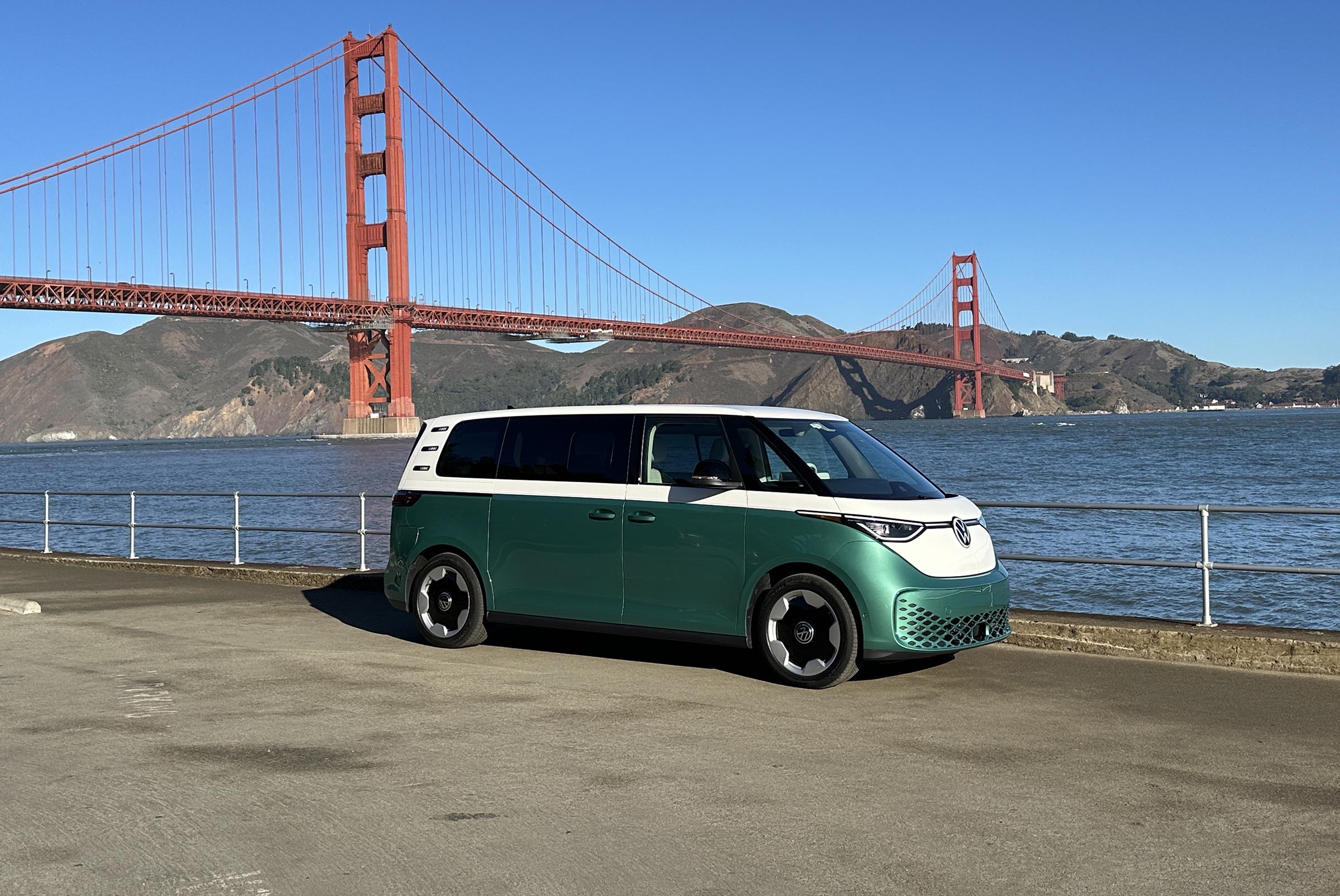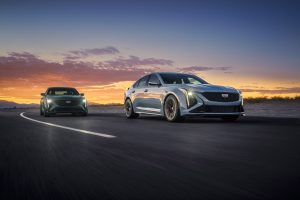Automakers offered plenty of incentives, but without $7,500 in federal government tax credits, sales of new electric vehicles — predictably — flatlined in October. J.D. Power & Associates also estimates sales of new EVs were less than half of the artificially inflated numbers from September.

EV sales fell by more than half in October, causing the overall market to decline on a year-over-year basis.
“The automotive industry is experiencing a significant recalibration in the electric vehicle segment in the first month following the expiration of the federal tax credits,” said Tyson Jominy, senior vice president of data & analytics at J.D. Power, in a statement.
“October EV market share declined to 5.2% month-to-date, less than half of September’s 12.9%, signaling a notable shift in consumer demand and market dynamics.”
Overall, new vehicle sales are expected to drop 6.9% in October compared to year-ago numbers. Experts link the decline compared last October to the drop in EVs courtesy of the Trump administration’s successful push to end the EV tax credit.
More numbers
“The expiration of federal EV credits on Sept. 30 caused EV shoppers to pull ahead their purchases, driving a significant increase in EV sales and inflating the overall industry sales pace,” said Thomas King, president of the data and analytics division at Power.
“In September, EVs accounted for 12.9% of new-vehicle retail sales, the highest ever, and well above the 8.5% recorded a year earlier. Now that the federal EV credit has expired, the industry is dealing with the consequences of those accelerated purchases. In October, EVs represent just 5.2% of new-vehicle retail sales. On a volume basis, EVs account for 1.0 million of the 1.2 million-unit decline in the industry sales pace compared with a month ago.
“Despite the sharp deterioration in EV sales, the decline could have been worse. Actions by multiple manufacturers to reduce EV prices and increase discounts to offset the loss of the federal credit are helping to maintain EV affordability, thereby preventing an even larger decline in EV sales.”
More Sales Stories
- EV Demand Buoyed September U.S. Auto Sales
- Incentives Ended, What Happens to EV Sales Now?
- Automakers Roll Out Deals to Prop Up EV Sales
Big money
While EV sales dropped, one might expect a subsequent drop in how much new vehicles cost since EVs are more expensive than their gas-powered counterparts. That didn’t happen. The average monthly new vehicle payment came in at $758, setting a new record, according to Power.
Additionally, buyers continue to shop for an affordable monthly payment, not so much an affordable vehicle. To get that payment down, they’re willing to take on loans with a longer term. Power analysts noted 84-month car loans accounted for 11.8% of new vehicle loans in October: the second highest number ever.
The average new-vehicle retail transaction price in October is expected to reach $46,057, up $994 (2.2%) from October 2024. The average manufacturer incentive spend per vehicle is on track to reach $2,674, a decrease of $540 from September and a decrease of $444 from a year ago. Expressed as a percentage of MSRP, incentive spending is currently at 5.3%, down a percentage point from a year ago.
Not just electrics, but electrified
It’s not just EVs seeing a bailout of consumer interest, but plug-in hybrid sales took a massive dive in October. They dropped nearly 60% compared to last month’s numbers. However, regular hybrids have benefitted as they rose 2% year over year, accounting for 14.2% of sales thus far in October.
“While hybrid growth is encouraging, the recent EV market correction underscores a critical lesson: consumers prefer having access to a range of powertrain options that deliver comparable value,” Jominy noted.
“A singular focus on any one technology—be it EVs or hybrids—risks repeating past missteps. A diversified strategy that embraces multiple powertrain solutions will be essential to meeting evolving consumer preferences.”





0 Comments